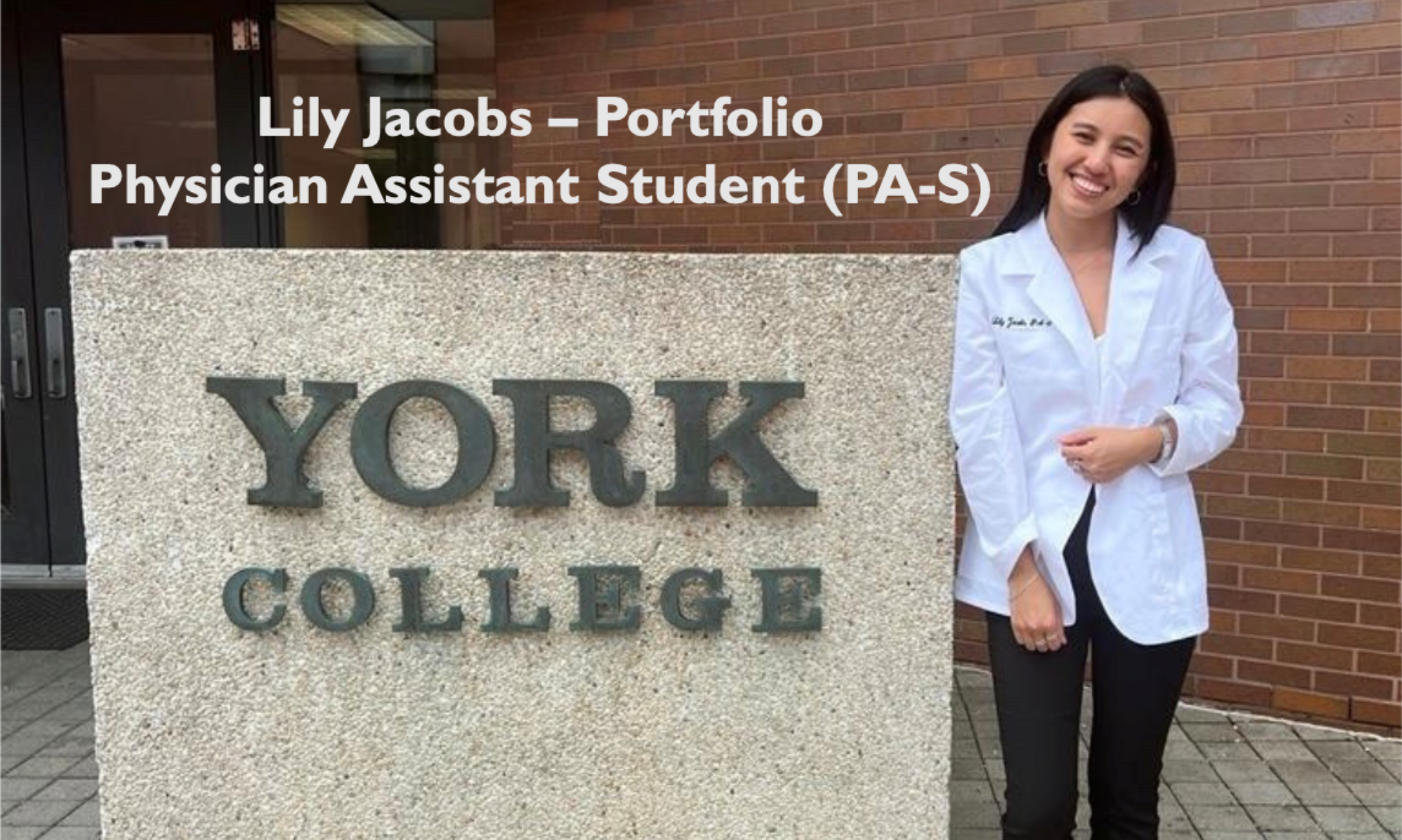For my initial visit, I presented an H&P on a 28-year-old Guyanese female who presented at 36-week gestation for her initial OB visit. Her history included a stillbirth at 37 weeks for her first pregnancy due to an undetected clot in the umbilical cord that was discovered upon autopsy, prompting her to seek care in the United States. I chose this case because I thought her history was interesting and she was one of the first patient’s that I performed the fetal Doppler and measured fundal height on by myself. As this was her first initial prenatal visit at Queens hospital, we had ordered all the initial lab work as well as delivering third trimester precautions. Due to her history of an umbilical cord clot, she was referred to follow up in high-risk clinic.
For my final visit, I submitted two more H&P. The first one was an ED consult of a 27-year-old female complaining of gradual worsening right pelvic pain that started a week prior. The only contributing factor that she could think of was she had protected sexual intercourse 2 days prior to pain onset. She denied vaginal symptoms, nausea, vomiting, fever, chills, chest pain, shortness of breath, appetitive change, or abnormal bowel movements. Her labs were unremarkable and her pregnancy test was negative. A ultrasound was performed which confirmed a right sided hemorrhagic cyst measuring 5x4cm. The plan was symptom control and discharge. I chose to include this case because of the importance of needing to rule out ovarian torsion and ectopic pregnancy in a reproductive aged woman presenting with pelvic pain. The risk of these emergent conditions was of low likelihood given the patient’s symptoms were gradual in onset, she is not in acute distress, and the doppler ultrasound displayed blood flow to both ovaries. Professor Melendez agreed with the workup process and the diagnoses. My second H&P was another ED consult of a 31-year-old Hispanic female 20 weeks gestation who was complaining of decreased fetal movement for more than 12 hours and vaginal bleeding that had started 4 hours prior. She was also complaining of intermittent abdominal pain. Her OB history was remarkable for a c-section due to potential infection and a termination of pregnancy via D&C. Besides for that, her medical history was unremarkable and she had been consistent with her parental visits without any complications. Her lab work was unremarkable. Her transabdominal ultrasound showed that the fetus was in vertex position with the posterior placenta edge noted to be low lying measuring 1.5 cm (15 mm) away from the internal cervical os. A fetal heart rate was heard and fetal movement was confirmed. Given the patient’s symptoms, history of past c-section and D&C, and transabdominal exam findings, the patient’s symptoms were most consistent with posterior marginal, placenta previa. Patient is in no acute distress and is vitally stable. Non-contracting, closed cervix, and fetal well-being reassured. The patient was scheduled for a transvaginal ultrasound to confirm the diagnoses and was referred to the high-risk clinic for close monitoring of the placental position. The patient was also given preterm labor precautions. Professor Melendez overall agreed with the management and care but it prompted a discussion on when or if a speculum exam/digital exam should be performed with only the results of a transabdominal ultrasound and not a transvaginal ultrasound in a suspected case of placental previa.


